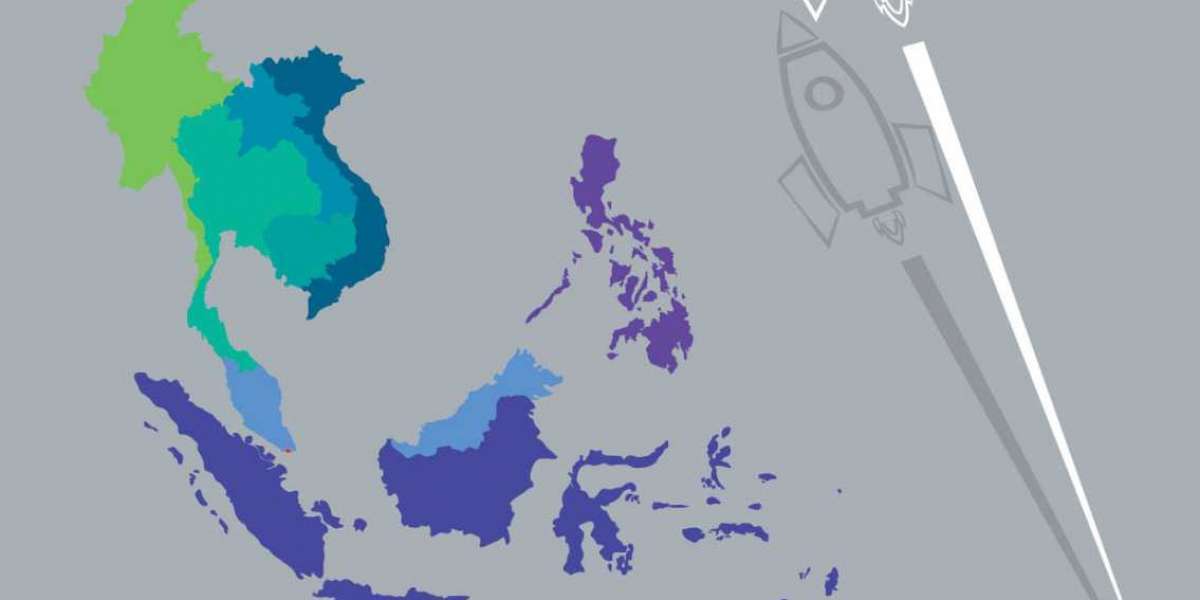Chinese Culture University professor Szu-Hua Wang and her research team uncover the importance of historic links between spatial planning and carbon dioxide. The paper is published in Landscape and Urban Planning, the top academic journal in the field of international urban research and the Impact Factor is 5.411 in 2019. It has produced more than 100 volumes and has enjoyed a high academic reputation in the international academic community.
International institutes, such as Local Governments for Sustainability (ICLEI) and C40 Climate Change Leadership Group (C40), agree that the priority for mitigating GHGs emissions in urban areas is to inventory urban CO2 emissions, and suggest that the inventory should be done based on “2006 IPCC Guidelines for National Greenhouse Gas Inventories.” Currently, the Taiwan Bureau of Energy of Ministry of Economic Affairs follows the Guidelines to calculate national CO2 emissions every year, as reported in the “Statistical Analysis of Taiwan Fuel Combustion Carbon Dioxide Emissions”. On the other hand, the Environmental Protection Administration of Executive Yuan proposes “Guidelines for City Level Greenhouse Gas Inventories” following “International Local Government Greenhouse Gas Emissions Analysis Protocol.” However, the calculations of the two levels of CO2 emissions (i.e., national and city) are based on different classifications of sectors and data sources. Additionally, urban CO2 emissions are insufficient for analyzing the relationship between land use change and spatial distribution of CO2 emissions.
Accordingly, the research developed a quantitative approach for downscaling analysis on urban CO2 emissions. Using the Taipei metropolitan area as the case study, the CO2 emissions on the city and district levels are estimated and, the temporal-spatial CO2 emissions patterns are illustrated. The analytical results reveal that the total carbon dioxide emissions of the four sectors in the Taipei metropolitan area increased with the increases in the growth of urban planned zones during the period 1981–2011.The carbon dioxide emission increases were correlated with the distribution of land uses in each administrative district. A negative correlation was found between the population density and the per-capita carbon dioxide emissions in the transportation sector. The compact development and planning of urban transit systems are believed to be the source of decreasing per capita carbon dioxide emissions. While many studies have emphasized that spatial planning is important addressing climate change, this work demonstrates understanding the historic links between spatial planning and carbon dioxide is equally valuable.
Prof. Szu-Hua Wang, the 1st author, works in the Department of Urban Planning and Development Management, Chinese Culture University. This department is the first department in Taiwan that connects the two major fields of urban planning and development management. The teaching scope covers from urban planning in the public sector to land development and real estate management in the private sector, spanning industry, government, and academics and cultivating future space planning and real estate professionals. This department is also one of the most famous departments in Taiwan.
The full text of the research is available at: https://www.sciencedirect.com/science/article/pii/S0169204617301858








